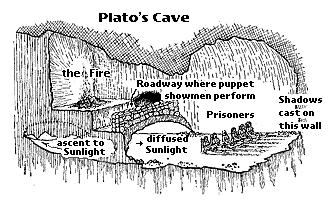If you’re just sitting in a cave for nine years, desire intelligently doesn’t seem to come into play very much. But if you’re in the world with other people and you’re living a life, how do you desire, how do you connect, how do you attach without greed, without trying to control other people in order to not lose them or lose their love? We have to learn to attach, to desire intelligently, to hold lightly.
for - desire intelligently - without greed - without trying to control - in the real world - not in a cave - Zen - Barry Magid
 It's a clever reworking of
It's a clever reworking of 